How Pilates Changed My Life … and My MS, Part Four, Addendum: Home Gym For $100
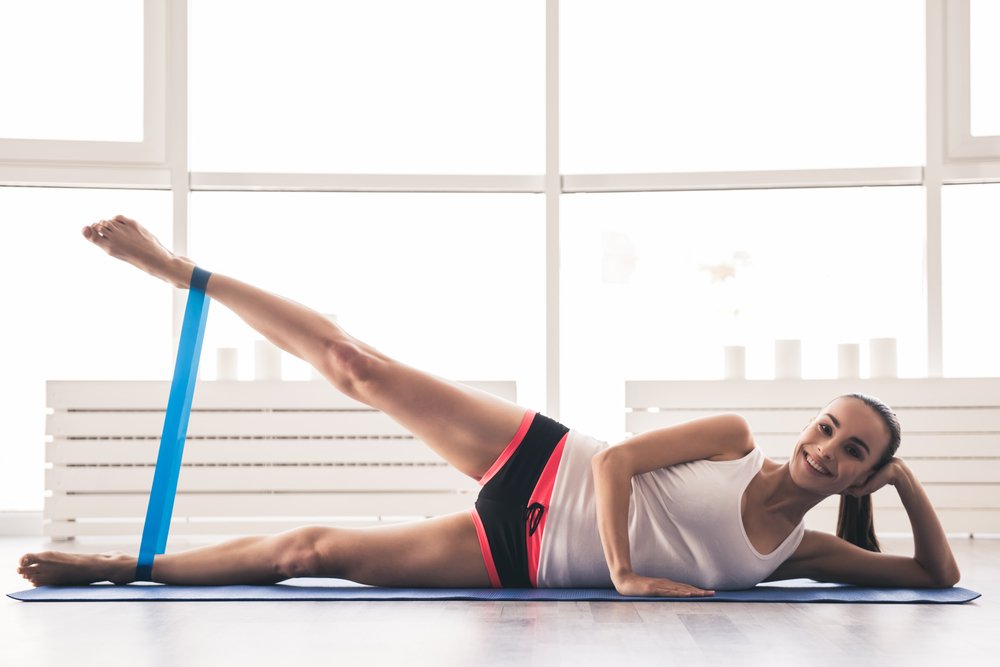
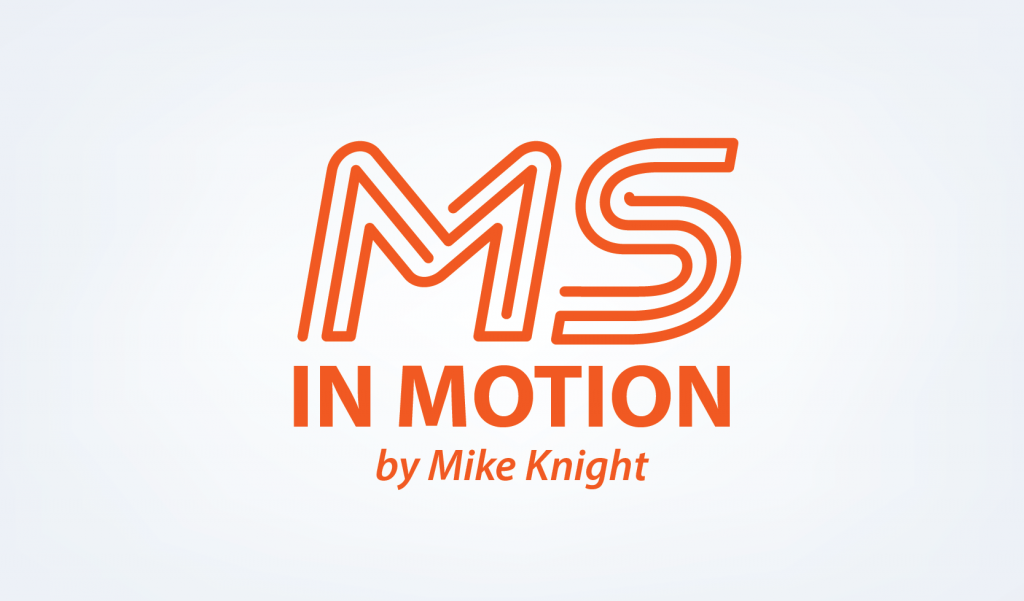
Earlier this year, I visited a physical therapist I’d seen way back in my running days to devise a home workout routine that could help me address not only foot drop-related issues, but also a routine I’d actually do. One of the challenges I have with PT is doing multiple exercises multiple times every day, so I wanted to develop exercises that I could do one time per session and then do three or four sessions each week.
After walking me through a handful of exercises, he handed me two rubber TheraBands and said, “Here’s your new home gym.”
At first, I thought he was kidding. He wasn’t. I’m not sure how the costs translate to different currencies, but hopefully you’ll be able to buy this equipment on the cheap, no matter where you live.
Trainer Mariska Breland has three top equipment purchase recommendations:
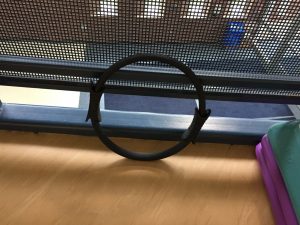
The Pilates Magic Circle Ring may be used to enhance other exercises or all by itself. (Photo by Mike Knight.)
The Magic Circle: It’s pretty inexpensive, reasonably easy to store and effective for leg, core and upper body strengthening exercises. Breland says it’s also an ideal tool for strengthening the outer hips and upper back, two areas of special concern for people with neurological diseases. It’s $20.
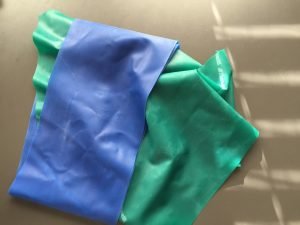
TheraBand exercise bands are available in several resistances and may be used for a variety of resistance-based home/office exercises. (Photo by Mike Knight.)
TheraBands: These rubber bands are reasonably easy to find and affordable, too. They can work every muscle in your body. “You can strengthen the legs, the upper back, the arms, the core,” Breland says. “You can use the bands to assist movement (like wrapping it around your feet to help with abdominal roll ups). You can use it to add resistance and make an exercise more difficult – like tying it around your ankle as you do leg extension work.” You can tie a band to stable furniture. You also can tie it around your legs to do hip- and leg-strengthening exercises. For $15, you get a handful of bands with different resistances. (For another $15, you can buy handles that make fastening the bands to door knobs and chair legs easier.)
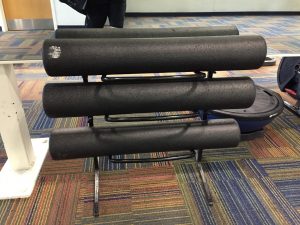
Foam rollers are available in a variety of sizes and finishes and may help address and relieve pressure points. (Photo by Mike Knight.)
Soft foam roller: “Nerves can’t transmit information properly if the fascia they travel through is gunked up,” Breland says. Foam rolling is a great way to get the gunk out. But, she cautions, too many people make using a foam roller harder than it has to be. “Most people use rollers that are too hard,” she says. “It’s not supposed to hurt!” People with MS and other neurologic conditions have hyperactive neurological systems, and pain can force our bodies into a protective position where muscles actually get tighter instead of looser.” Opt for a soft foam roller instead.
Breland says you can massage practically any muscle with a foam roller, but you’ve got to stay put. “I’m a big fan of doing the hips, glutes and upper back,” she says. “The important thing is that you have to hold in one spot (where you feel tightness, a muscle knot, etc.) for several minutes for the fascia to release. If you find a spot that is sore, stick on it for a while. You can do a little rocking back and forth, or side to side, but generally, stay put.” Cost: About $50.
Some final thoughts:
I began my Pilates “practice” about four years ago, just after officially beginning my MS journey (I was “misdiagnosed” in the late 1990s, and officially diagnosed in 2013).
Over time, I’ve lost significant functionality in my right limbs (leg, ankle, foot and hand). Some exercises are now impossible to do. But, as Breland points out, Pilates can be modified and tailored to focus on my unique functionality, both in terms of working limbs, but also corralling my given capacity so I can climb stairs or get something out of a cupboard without falling over because I can’t control the weight and my balance.
Like any other therapy for MS (or any illness for that matter), sometimes it’s hard to tell if Pilates is helpful to managing my illness. I’d have to stop doing it to find out. And don’t look for a column about that any time soon!
Additional resources:
Here are some resources where you’ll find photos and illustrations that can help with exercises, along with other information you may find useful.
- Pilates for MS (Breland’s site)
- Kristin McGee TheraBand workout
- Pilates for Beginners
- Performance Health Academy, multiple sclerosis
- National Institute on Aging, exercises for strength
- A book, The RBG Workout: How She Stays Strong and You Can Too (Amazon)
Go here to see all four columns in this series. Thanks for reading!
***
Note: Multiple Sclerosis News Today is strictly a news and information website about the disease. It does not provide medical advice, diagnosis, or treatment. This content is not intended to be a substitute for professional medical advice, diagnosis, or treatment. Always seek the advice of your physician or other qualified health provider with any questions you may have regarding a medical condition. Never disregard professional medical advice or delay in seeking it because of something you have read on this website. The opinions expressed in this column are not those of Multiple Sclerosis News Today, or its parent company, Bionews Services, and are intended to spark discussion about issues pertaining to multiple sclerosis.







anna
where would I buy these items from? I have ms so your article has been helpful.
Mike Knight
Hi Anna,
Thanks so much for reading and your inquiry. All of these items are available at Amazon (U.S. and also UK). They should also be available at sporting goods stores and general stores (such as Target and Walmart here in the U.S.). I hope that helps!
Muriel Terrell
hi I would like more info on the home gym
Charlotte
Thanks for your article
Mike Knight
Sure thing, thanks for reading, I appreciate it!